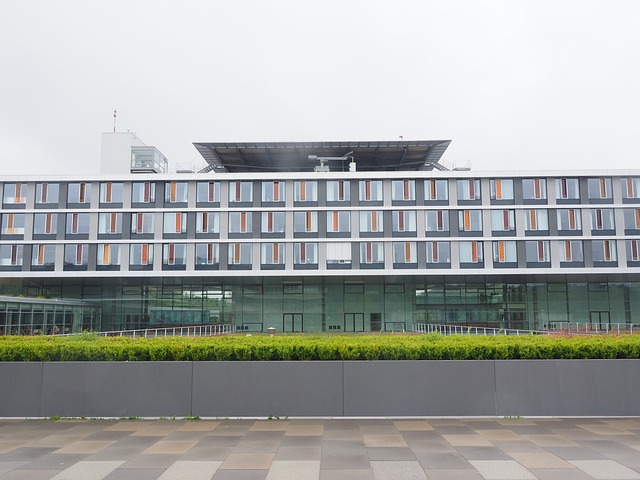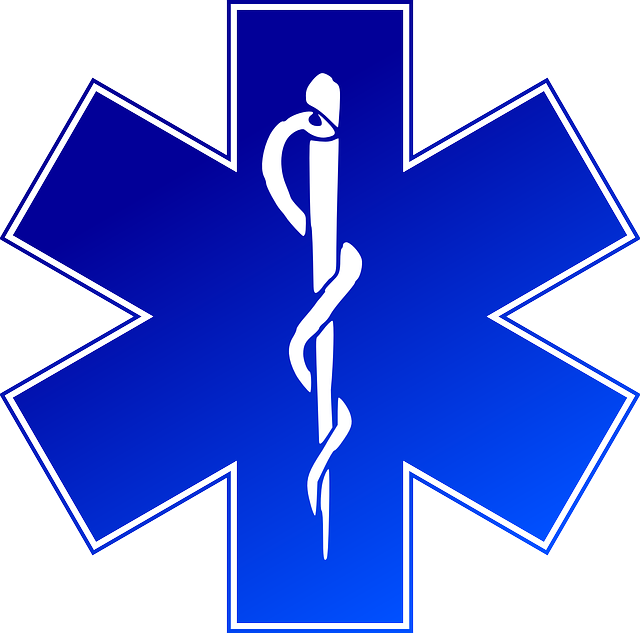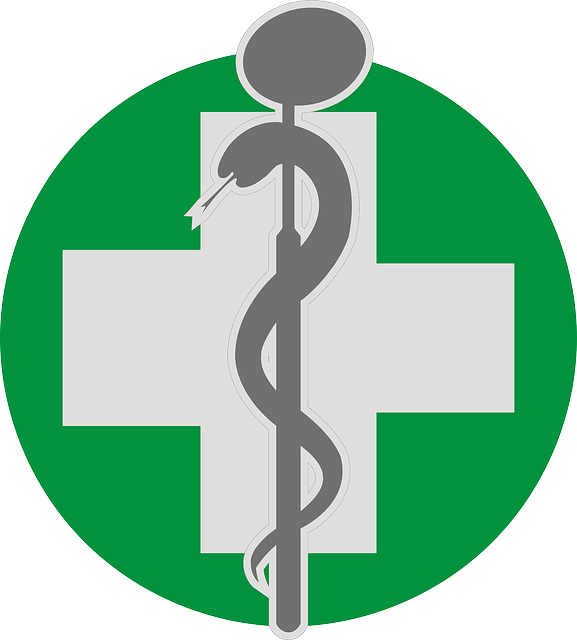In South Africa, choosing between hospital plans and medical aid schemes depends on personal needs and budget. Hospital plans offer quicker access to healthcare, focusing on inpatient care, while medical aid schemes provide broader coverage for preventive services and specialist consultations within a network, at potentially higher costs. The "better" option balances cover extent, network availability, and affordability, ensuring adequate healthcare without financial strain.
“Unraveling the complex landscape of healthcare in South Africa, this comprehensive review delves into the top hospital plans and medical aid schemes. Understanding the nuances of these options is crucial for citizens seeking optimal health coverage. We explore key features and benefits of leading hospital plan alternatives, offering a side-by-side comparison to decipher which medical aid scheme provides the best value. By dissecting costs, network hospitals, and additional services, this article guides readers in making informed decisions regarding their healthcare.”
- Understanding Hospital Plans and Medical Aid Schemes in South Africa
- Key Features and Benefits of Top Hospital Plan Options
- Comparing Medical Aid Schemes: Which Offers the Best Value?
Understanding Hospital Plans and Medical Aid Schemes in South Africa

In South Africa, hospital plans and medical aid schemes serve as critical safety nets for individuals and families seeking healthcare services. The key distinction lies in their funding mechanisms and scope of coverage. Hospital plans, often offered by insurance companies, primarily focus on providing financial protection against the high costs associated with inpatient treatment. On the other hand, medical aid schemes, typically sponsored by employers or purchased individually, offer a broader range of benefits, including both inpatient and outpatient care, preventative services, and sometimes even prescription drugs.
When considering which is better between a hospital plan and medical aid scheme, factors such as personal healthcare needs, budget, and employment status play a significant role. Medical aid schemes tend to offer more comprehensive coverage due to their ability to negotiate rates with healthcare providers. However, out-of-pocket expenses like co-payments and deductibles can be higher for policyholders. In contrast, hospital plans may have lower premiums but could result in higher out-of-pocket costs during treatment. Ultimately, the “better” option depends on individual circumstances, ensuring adequate coverage while aligning with financial capabilities.
Key Features and Benefits of Top Hospital Plan Options

The top hospital plans and medical aid schemes in South Africa offer a range of key features and benefits designed to provide comprehensive healthcare coverage. These options typically include in-patient and out-patient cover, ensuring individuals can access essential medical treatments without incurring substantial financial burdens. Many plans also feature network hospitals and specialists, offering members peace of mind knowing they have access to quality care when needed.
When comparing hospital plans versus medical aid, the focus should be on understanding individual needs and preferences. Hospital plans often provide faster access to healthcare services, especially in emergency cases, as there’s no need to navigate complex approval processes. Medical aid, on the other hand, usually offers broader cover for preventive care and routine procedures, making it ideal for those seeking a more holistic approach to their health management. The choice between the two depends on personal circumstances, budget, and desired level of healthcare accessibility.
Comparing Medical Aid Schemes: Which Offers the Best Value?

When comparing hospital plans versus medical aid schemes, understanding the nuances is key to making an informed choice. Both options offer financial protection against medical expenses, but they differ in structure and benefits. Medical aid schemes typically provide a broader range of services, including preventive care, specialist consultations, and in-patient treatments. They often have a network of hospitals and doctors affiliated with them, offering members more flexibility and choice. However, the cost can vary widely depending on the scheme’s co-payments, deductibles, and the level of coverage chosen.
In contrast, hospital plans usually focus on inpatient care and emergency services, making them more specialized but potentially more affordable for individuals or families who don’t anticipate frequent medical visits. The best value often lies in balancing the extent of cover, network availability, and cost. Members should consider their specific healthcare needs, preferred hospitals, and budget to determine whether a medical aid scheme or hospital plan aligns better with their requirements.
When choosing between a hospital plan and a medical aid scheme in South Africa, understanding your healthcare needs and budget is crucial. Both options offer comprehensive coverage, but they differ in structure and benefits. Hospital plans provide access to a network of hospitals, while medical aid schemes focus on preventive care and offer a broader range of service providers. In terms of which is better, it depends on individual circumstances. Medical aid schemes may be more cost-effective for those who prefer a primary care approach, whereas hospital plans could suit those in need of specialized or emergency services. Ultimately, comparing the features, benefits, and value offered by each scheme enables you to make an informed decision that aligns with your healthcare expectations.

